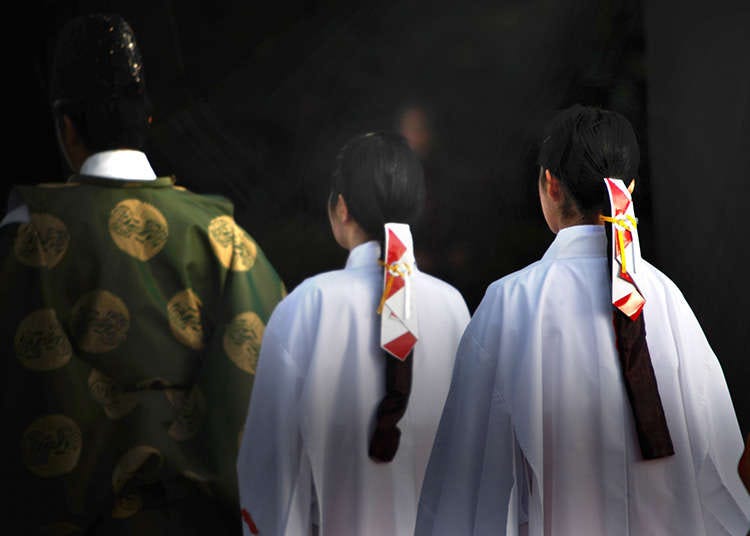
In Japan, the term “shrine” refers to a religious building associated with the religion of Shinto. Represented in many aspects of daily life, especially in customs and traditions, Shinto belief is an important part of daily life in Japan.
Japanese Shinto Deities
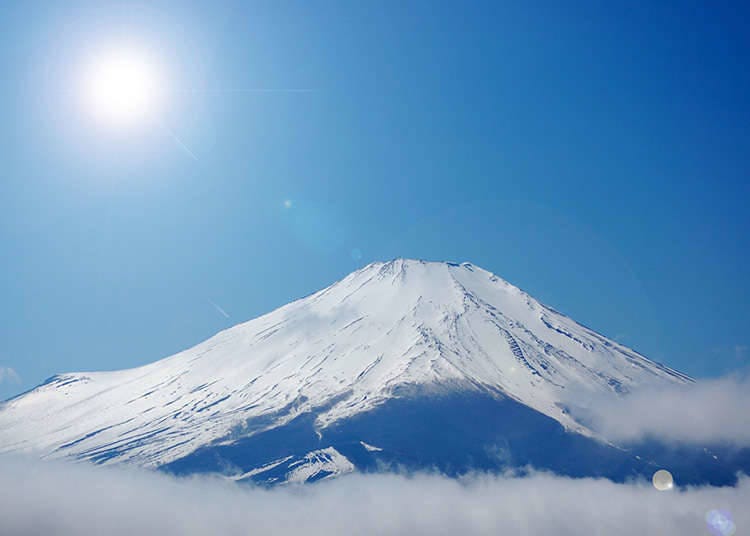
Japanese Shinto deities, called kami, are responsible for a variety of different powers and are believed to exist in all kinds of natural phenomena and even man-made things, such as the wind, mountains, or even in someone’s kitchen. Since there are quite literally countless kami in Shinto, they are referred to as “Yaoyorozu no Kami,” an expression that literally translates to “eight million deities” but the “eight” is synonymous with “countless.” In the past, Japanese people regarded occurrences such as abnormal weather as the wrath of a kami and felt the existence of kami in every part of nature, far beyond human knowledge.
The Goshintai
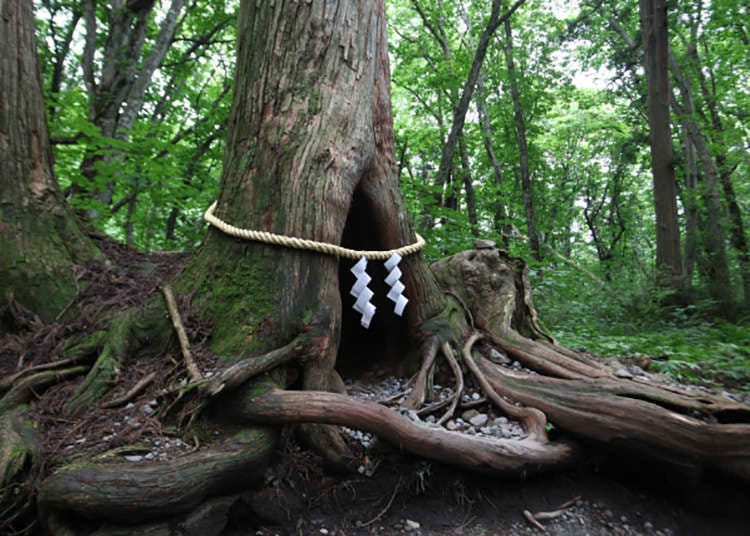
At shrines, believers pray to goshintai, objects believed to contain the spirit of a deity. Goshintai are typically gigantic natural stones or trees, as well as mirrors or swords, but it varies according each individual shrine. Generally, the goshintai is stored deep within the shrine and regular worshipers aren’t able to see it.
The Torii
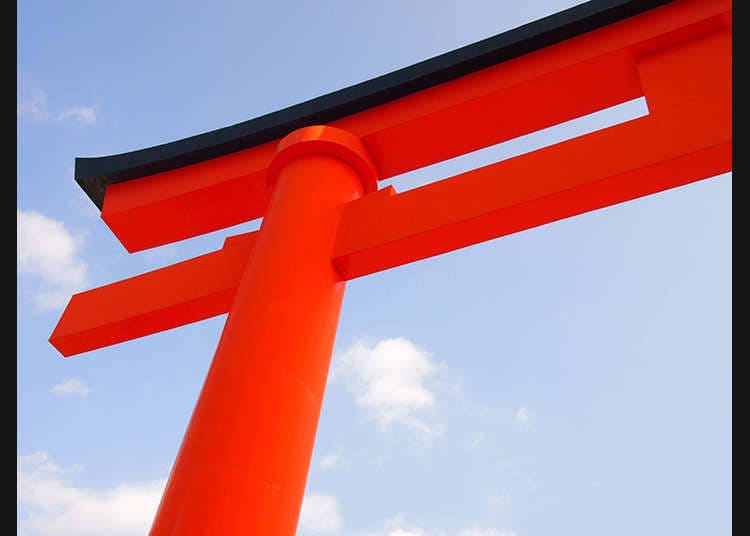
The torii is a gate the separates the human world from the world of kami. The furthest torii from the main shrine, where the kami resides, is called ichi no torii (the first torii), followed by the ni no torii (the second torii). Since you are said to be entering the realm of kami, bow once every time you walk through a torii to show respect to the deity.
The Chozuya: Purifying Your Body
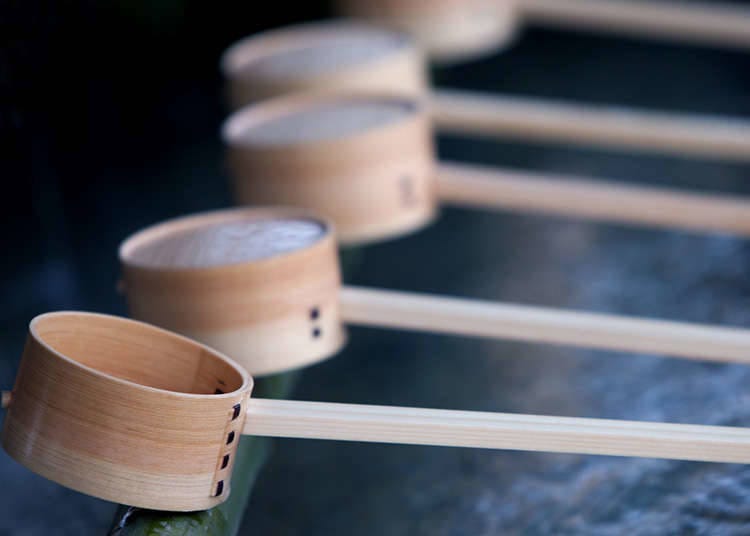
At the chozuya, the basin for cleaning yourself before entering a shrine, you cleanse your hands and mouth lightly in order to clean the dirt from your body before going to the main shrine where the kami resides.
Sessha and Massha
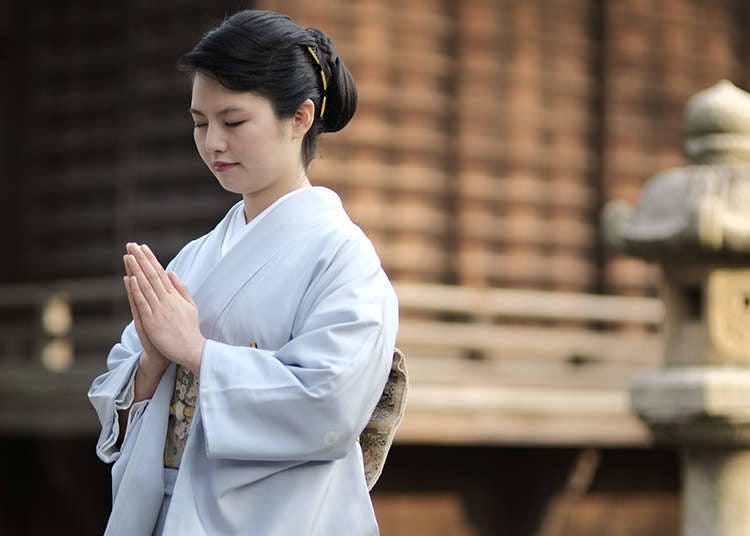
The auxiliary shrine called the sessha enshrines a Shinto deity that is deeply connected with the kami of the main shrine. At the massha, the subordinate shrine, the kami of the local area is being worshiped. When visiting a shrine, it is custom to greet both kami.
Komainu, the Shrine Guardians
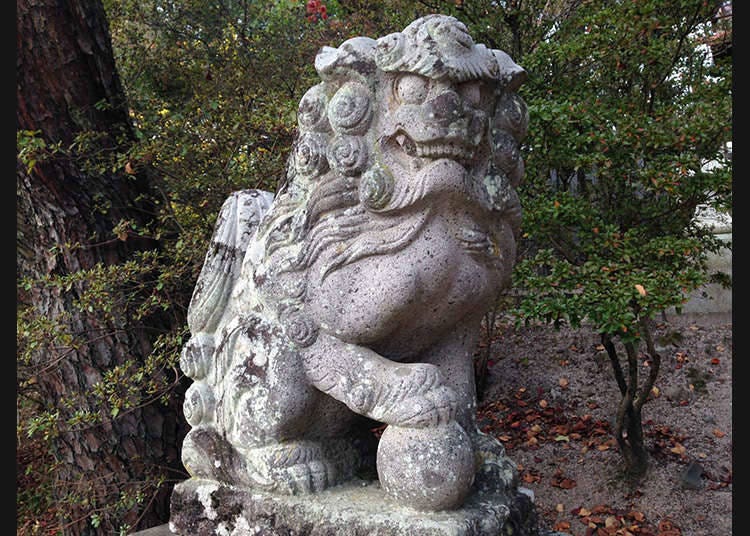
In front of the worship hall or main shrine, a pair of komainu, or lion-dogs, are placed on either side of the building, acting as the shrine’s guardians. As such, they specifically protect the shrine’s entrance and keep anything evil from entering the precincts. Certain shrines are guarded by animals other than the komainu, such as foxes or cattle.
Annual Events at Shrines
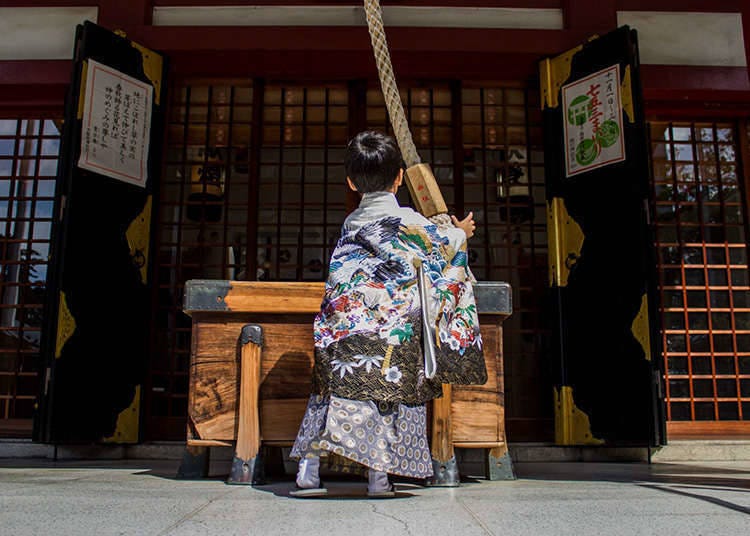
Throughout the year, Shinto shrines host a large variety of different events. Some prominent ones include Shichigosan, a festival to pray for the healthy growth of children aged seven, five, and three; as well as hatsumode, the traditional prayer for good fortune and happiness between New Year’s Eve and New Year’s Day. On the 3rd of February, another event called setsubun takes place in which soybeans are thrown to symbolically drive out evil and bring happiness and health to one’s home. Hinamatsuri, the Girls’ or Doll Festival, as well as Children’s Day follow after, both celebrating children. The summer festival Shichigosan, celebrates children of the age of three, five, and seven. All of these festivals have Shinto roots.
- Category
*Prices and options mentioned are subject to change.
*Unless stated otherwise, all prices include tax.
Recommended places for you
-

Kanzenkoshitsuyakinikutabehodai Gyugyu Paradise Sannomiya
Yakiniku
Kobe, Sannomiya, Kitano
-

Kambei Sannomiyahonten
Yakiniku
Kobe, Sannomiya, Kitano
-

ISHIDAYA Hanare
Yakiniku
Kobe, Sannomiya, Kitano
-

Jukuseiniku-to Namamottsuarera Nikubaru Italian Nikutaria Sannomiya
Izakaya
Kobe, Sannomiya, Kitano
-
Goods

Yoshida Gennojo-Roho Kyoto Buddhist Altars
Gift Shops
Nijo Castle, Kyoto Imperial Palace
-
Appealing

Rukku and Uohei
Izakaya
Sapporo / Chitose
-

Fewer Japanese people traveling domestically, government blames birth rate, others blame foreign crowds, costs
-

Step Into the World of Chiikawa: Immersive 'Chiikawa Park' to Open in Ikebukuro's Sunshine City This July!
-

Discover Japan Duty Free GINZA: A Unique Shopping Experience in the Heart of Tokyo
by: Chehui Peh
-

Via Inn Prime Osaka Kyobashi Mizukinoyu: A Convenient Hotel Near Osaka Castle with Open-Air Baths and Nearby Sightseeing
by: Yotsuka Hizuki
-

With arrests of foreigners in Japan increasing, police no longer guarantee in-person translators
-

Family Mart is giving away free socks for your ice cream in Japan
-

Nonomiya Shrine: Finding Love and Purity at Kyoto's Famous Power Spot
-

7 Things You Didn’t Know About Sensoji Temple - Tokyo's Oldest Temple
-

Discover Kyoto's Yasaka Shrine: Power Spots of Love and Health at the 'Plague Shrine'!
-

Top 5 Things to Do in Hokkaido's Biei and Furano Area: Shirogane Blue Pond, Lavender Fields, And More!
-

Niigata Bucket List: 26 Best Things to Do in Niigata Prefecture For Tourists (Attractions, Local Foods & Activities)
-

‘No Garbage?!’ 5 Times Tourists Were Shocked by Kyoto
by: WESTPLAN
- #best sushi japan
- #what to do in odaiba
- #what to bring to japan
- #new years in tokyo
- #best ramen japan
- #what to buy in ameyoko
- #japanese nail trends
- #things to do japan
- #onsen tattoo friendly tokyo
- #daiso
- #best coffee japan
- #best japanese soft drinks
- #best yakiniku japan
- #japanese fashion culture
- #japanese convenience store snacks













